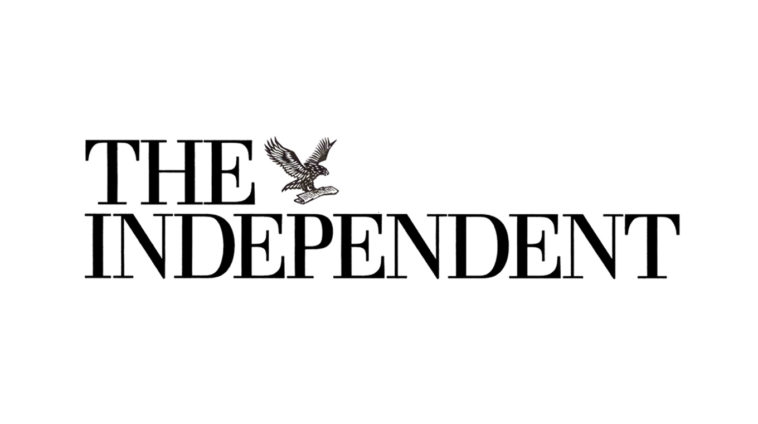Key Takeaways
- Transition to Digital: The Independent, once a prominent British print newspaper, shifted to an online-only format in 2016, reflecting broader industry changes.
- Ownership Changes: Ownership transitions, including the sale to Russian oligarch Alexander Lebedev and later, Sultan Muhammad Abuljadayel’s stake acquisition, marked significant shifts in the paper’s history.
- Editorial Evolution: The newspaper underwent numerous editorial changes, affecting its design, political stance, and content strategy.
- Innovative Front Pages: Known for its campaigning and innovative front-page designs, The Independent garnered attention for its editorial creativity and focus on major global issues.
- Political Stance and Influence: Traditionally seen as centrist to left-leaning, The Independent has played a role in major political discussions, including advocating for electoral reform and expressing strong views on Brexit.
Let me take you on a journey through the life and times of The Independent, a British newspaper that captured the essence of change in the media landscape. Picture this: the year was 1986, the air was filled with the buzz of anticipation as The Independent made its debut as a national morning printed paper. I remember how it began in broadsheet format, boldly stepping into a market dominated by giants like The Guardian and The Times, carving out a niche with its liberal stance and innovative journalism.
Fast forward to 2003, The Independent embraced change, shifting from broadsheet to tabloid, adapting to new readers’ preferences. This move wasn’t just a change in size; it was a statement of intent, showcasing flexibility and a keen eye on the evolving media consumption patterns.
The real game-changer came in 2016 when The Independent decided to cease its print edition, transitioning to an online-only newspaper. This pivotal moment signified a major shift in the industry, underlining the growing influence of digital media. The transition wasn’t just about changing how the newspaper reached its audience; it was a transformation in how news was consumed, shared, and interacted with in the digital age.
Ownership of The Independent has seen its own drama, with Russian oligarch Alexander Lebedev taking control in 2010. The newspaper, once a beacon of independent journalism, found itself navigating the complex waters of international ownership and influence, adding another layer to its rich history.
Throughout its journey, The Independent has been known for its unorthodox and often campaigning front pages. These weren’t just pages of a newspaper; they were bold statements, a reflection of the paper’s identity and its commitment to addressing global issues head-on. The front pages often relied on striking images or graphics, sometimes eschewing traditional headlines altogether, a testament to its creative spirit.
Politically, The Independent has oscillated along the center to center-left spectrum, advocating for liberal and progressive causes. It wasn’t just a newspaper reporting news; it was a participant in the political discourse, championing electoral reform, and taking definitive stands on issues like Brexit.
Now, let me share a personal anecdote that encapsulates the essence of The Independent. Once, while sipping coffee in a quaint London cafe, I overheard a heated debate among patrons about a front-page story in The Independent. The article in question was a provocative piece on climate change, showcasing the newspaper’s knack for stirring public discourse. It was a vivid reminder of the impact of The Independent’s journalism, sparking conversations and challenging perceptions.
In the digital realm, The Independent continues to evolve, embracing the potential of the internet to reach a global audience. Its online platform is not just a repository of articles but a dynamic space where news is continuously updated, and readers are engaged through interactive features.
Reflecting on The Independent’s journey, one can’t help but marvel at its evolution from a traditional newspaper to a digital news platform. It’s a story of adaptation, resilience, and a steadfast commitment to journalism, mirroring the broader transformations in the media landscape.
Frequently Asked Questions
- When did The Independent stop its print edition?
- The Independent ceased its print edition on 26 March 2016, transitioning to an online-only format.
- Who owns The Independent?
- As of the latest information, The Independent is owned by Evgeny Lebedev, Sultan Muhammad Abuljadayel, and Justin Byam Shaw among other minor shareholders.
- What is the political alignment of The Independent?
- The Independent is generally considered to be centrist to center-left, with a liberal editorial stance.
- How has The Independent’s format changed over time?
- The Independent started as a broadsheet, switched to a tabloid format in 2003, and then moved to an online-only format in 2016.
- What makes The Independent’s front pages unique?
- The Independent’s front pages are known for their innovative and often campaigning style, frequently utilizing images, graphics, or lists instead of traditional headlines to convey messages and engage readers.





